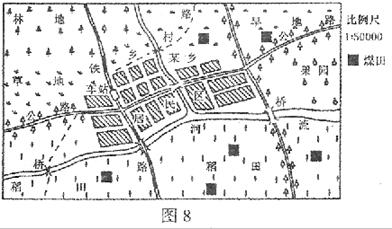
科目: 來(lái)源: 題型:閱讀理解
| A.thin pieces of potatoes | B.small holes | C.small pieces of wood | D.central parts |
| A.technology never stops changing our everyday lives |
| B.with computers each of us can live a comfortable life |
| C.people can do more activities with computers |
| D.the more you use computers, the better you might write |
| A.The longer you live, the happier you are. |
| B.High-tech medical treatments can’t improve our health and happiness. |
| C.High-tech medical treatments can’t help us with everything. |
| D.The writer questioned high-tech medical treatments somehow. |
| A.Science and New Technology | B.Computers Change Our Lives |
| C.Everyday Uses of Technology | D.Only Time Will Tell |
查看答案和解析>>
科目: 來(lái)源: 題型:閱讀理解
查看答案和解析>>
科目: 來(lái)源: 題型:
查看答案和解析>>
科目: 來(lái)源: 題型:
查看答案和解析>>
科目: 來(lái)源: 題型:
| A.confident, equally | B.patient, equal | C.curious, equal | D.fair, equally |
查看答案和解析>>
科目: 來(lái)源: 題型:
| A.study | B.studied | C.to study | D. studying |
查看答案和解析>>
科目: 來(lái)源: 題型:
| A.know , to talk | B.know, to talk to | C.to know, to talk | D.to know, to talk to |
查看答案和解析>>
科目: 來(lái)源: 題型:

查看答案和解析>>
科目: 來(lái)源: 題型:

查看答案和解析>>
科目: 來(lái)源: 題型:

查看答案和解析>>
百度致信 - 練習(xí)冊(cè)列表 - 試題列表
湖北省互聯(lián)網(wǎng)違法和不良信息舉報(bào)平臺(tái) | 網(wǎng)上有害信息舉報(bào)專(zhuān)區(qū) | 電信詐騙舉報(bào)專(zhuān)區(qū) | 涉歷史虛無(wú)主義有害信息舉報(bào)專(zhuān)區(qū) | 涉企侵權(quán)舉報(bào)專(zhuān)區(qū)
違法和不良信息舉報(bào)電話(huà):027-86699610 舉報(bào)郵箱:58377363@163.com